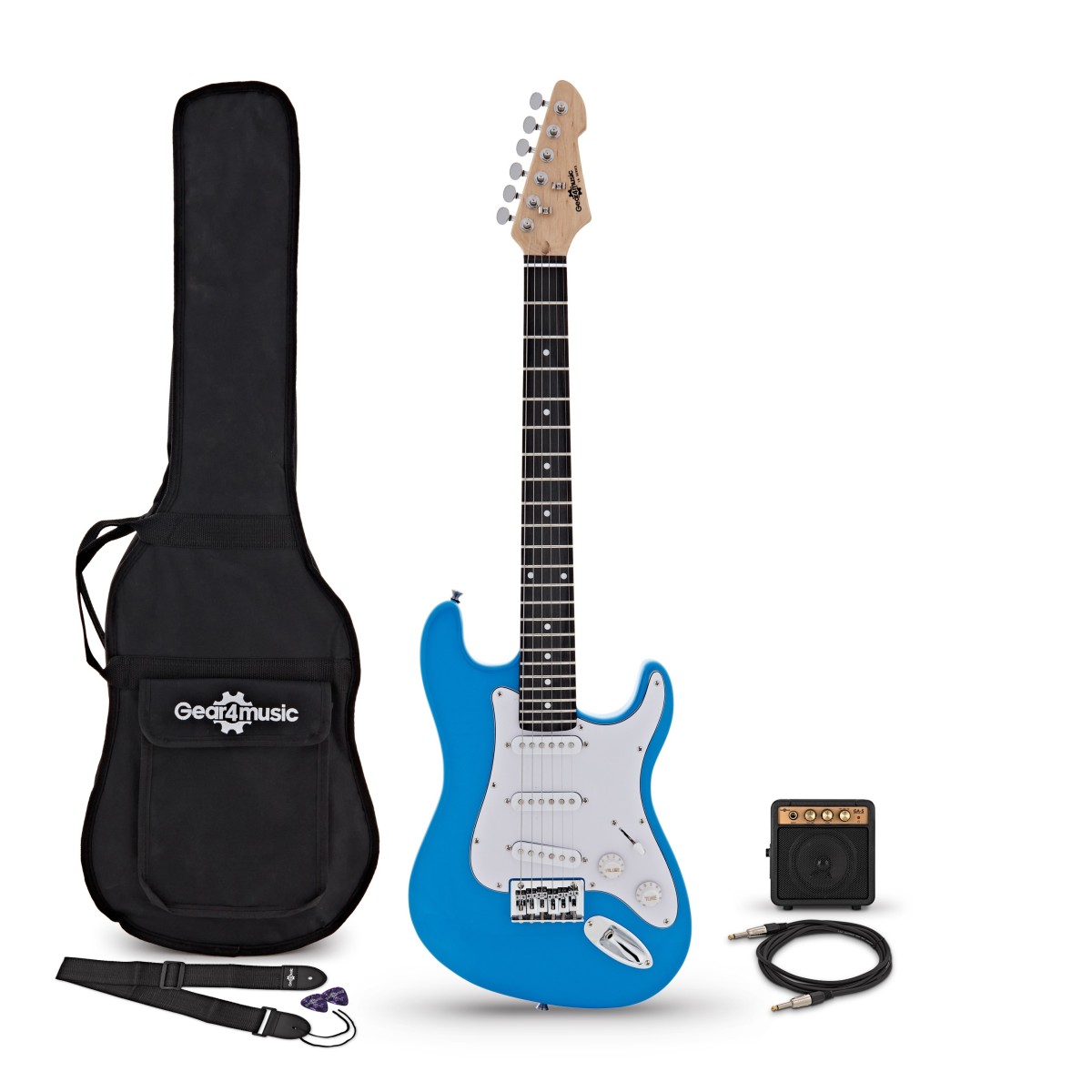I've been chatting to an experienced professionally trained Luther (violin and guitar) about the new design, researching heavily - specifically around how the body and top shape changes the 'modal' frequencies.
It's extremely complex - the top and bottom vibrate and resonate at 'modal frequencies'. It's like your guitar top ends up like a contour map with hills and dips that chance with frequency into different sizes and numbers with lines appearing where no movement exists, very much like your string vibration and harmonics etc.
The wood grain defines a stronger from neck to tail, but allows flexibility across the guitar. The shape of the thickness and arch supports the pressure of the bridge but also defines how it vibrates, the bracing bars under the top are tuned to adjust those peaks and valley at different frequencies whilst providing support to stop the pull of the string breaking the top over time. The back has the same as the top, and the interaction between the two tops modal frequency shapes causes differents in sound in air. The result is both the sound holes providing air movement but also the top movement 'beaming' sound. So tuning that for the intended purpose is yet another thing (what can be intimate and sounds good to the player vs what the guitar projects in each direction to an audience right to the back of the room).
Finally the guitar finish and thickness changes the tonal character again.
The bridge position is going to have to move, the experienced guy has done most ideas I've had as experiments in the past with archtops. There's limited analysis but the design is similar to a lute and that, along with an in-depth discussion and more thinking, has the design gravitating towards the optimal physics. So that bridge will move forward towards the centre of the lower bout - this allows for modes to appear between the bridge and tail plus ensues that the modes occur at frequencies further down the frequency spectrum. Otherwise it will sound high pitched and thin rather than lower pitched and mellow.
He's also used spars in designs which can support pickups etc but the key here for me is the spar is there to take string tension load off the bridge. If you imagine taking the body off an ending up with a bow then you get the idea.
When the bridge moves, so too dues the fretboard and also the neck if I'm to keep the same scale length. For a scale length, to get the fret frequencies correct the position between the bridge and each fret needs to be correct - it's all related (a point I'm very familiar from the first build). The net effect is I'll end up reaching more as the lower frets will be further out.
There's also an effect of longer scale lengths on the strings length, mass of the string (thickness), etc that changes the frequencies being sent to the top. This is why baritone's are more composed for lower frequencies and have less warmth/lower harmonics on the higher frequencies hence sound thinner and more piecing. This leads to thicker strings and more tension in the string on the bridge - the result is the tension causes the top to be more restricted on the lower energy low frequencies, thus you get more mid/upper focus sound.
Next is fret access with the body access cut out - that changes the shape of the top and results in a change in the shape of the modal peal/troughs and which frequency they occur. It changes the sound of the top basically. With a longer scale length, the frets are further apart and thus playing higher on the fretboard is met with the frets being futher away from the traditional 12/14th fret neck-body boundary. The longer the scale length, the more likely you're going to want a body cut out to access those frets.
I'll probably drop the number of frets (and therefore the length of the fretboard) to something like 20 frets, or possibly 18 otherwise you have to support the fretboard in the air because you don't want the fretboard restricting the sound board top. This is something the classical guitarists here already know.
This doesn't stop you from doing non-traditional shapes like this (note that the pickup attached to the top is frowned upon in the accoustic community so this would need careful though to modify the shape to this extent):

www.gear4music.com






